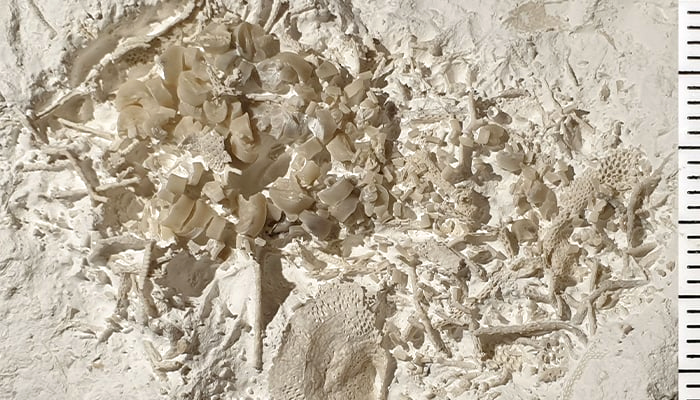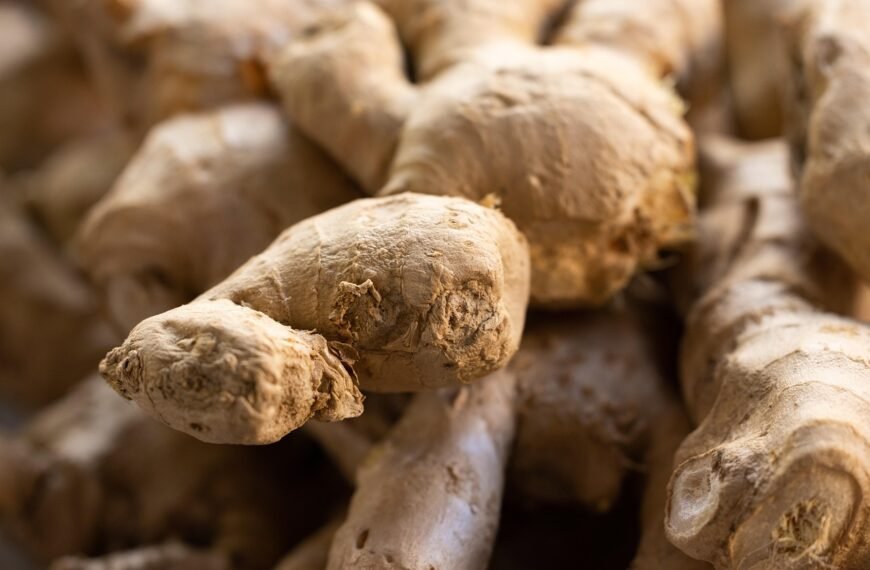Imagine stumbling upon a 66-million-year-old “burp” from a prehistoric creature! That’s exactly what happened to an amateur fossil hunter in Denmark. While exploring the UNESCO-listed Cliffs of Stevns, he unearthed a piece of fossilized vomit containing the remains of ancient sea lilies.
Bennicke stumbled upon unusual fragments embedded in chalk, which he later brought to the Museum of East Zealand for analysis. Experts identified the remnants as parts of sea lilies, likely consumed by a fish that regurgitated the indigestible skeletal fragments.
According to the museum, this discovery is invaluable for reconstructing ancient ecosystems, shedding light on predator-prey relationships from the late Cretaceous era. Paleontologist Jesper Milan called the fossilized vomit “truly an unusual find,” emphasizing its role in deepening our understanding of prehistoric food chains.
Sea lilies, primarily composed of calcareous plates with minimal soft tissue, were not a typical source of nutrition. Yet, this ancient fish likely fed on them before expelling the indigestible remains, leaving behind a fossilized snapshot of its diet.
The Cliffs of Stevns, where the discovery was made, are renowned for their historical significance, offering evidence of the Chicxulub meteorite impact that likely led to the extinction of dinosaurs. This fossil find adds yet another layer of insight into the ecosystems that thrived just before this cataclysmic event.
Similar discoveries have been reported in the past. In Utah, scientists uncovered fossilized vomit containing remains of frogs and salamanders, while studies in Poland have used ancient vomit and feces to trace dietary habits of animals from 200 million years ago.
This rare discovery highlights the importance of preserving historical sites and showcases how even amateur fossil hunters can make contributions that unravel the mysteries of Earth’s ancient past.





















